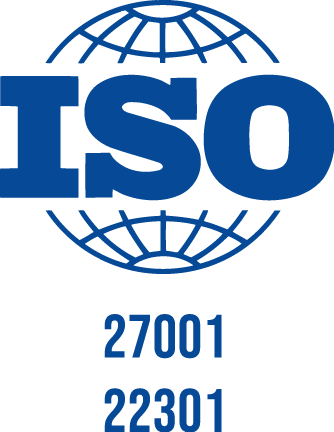Retention Rate
What is Retention Rate?
Retention rate is the percentage of users who return to the app or website to perform a specific action, such as a purchase, after adding the product to the cart.
It evaluates your success in retaining current users or customers. Thus, the goal is to keep them happy, avoiding loss to churn or attrition.
Frequently calculated on a monthly or annual basis, it offers information about the condition and potential for expansion of your customer base. Furthermore, a higher retention rate shows that your clients are satisfied with your services and are more likely to stick with you over time.
Moreover, this encourages long-term relationships, repeat business, and even word-of-mouth recommendations. Businesses prioritize raising retention rates for their significant impact on future sales and profitability
How to Calculate Retention Rate?

1. Number of Customers at the End of a Period: Total count of customers or users who remained active at the end of the specified period.
2. Number of New Customers Acquired During the Period: Total count of new customers or users who started using your product or service during the same period.
3. Number of Customers at the Start of the Period: Total count of customers or users at the beginning of the period.
“…These regular customers don’t simply show up and help boost business when sales are low. Studies show they are the ones driving most business profits because they spend more at a higher frequency than new customers do. Bain & Company released a study showing that a simple 5% increase in retention can result in a profit of 25% or more. That’s why retaining these loyal customers can offer such a high ROI.”
Why Calculating Retention Rate is Important
Calculating retention rates provides vital insights into customer loyalty and the effectiveness of retention strategies for businesses. Therefore, tracking the percentage of retained customers over a specific period is essential. It allows companies to understand the success of their efforts in maintaining satisfaction and engagement.
Reflects Customer Loyalty: High rates indicate satisfied and loyal customers.
Boosts Efficiency: Retaining customers costs less than acquiring new ones.
Drives Revenue: Retained customers make repeat purchases, contributing to revenue.
Encourages Referrals: Satisfied customers refer others, expanding your customer base.
Offers Insights: Helps understand customer behavior and preferences.
Enhances Competition: Demonstrates your ability to provide ongoing value.
Identifies Issues: Low rates highlight areas needing improvement.
Optimizes Resources: Focuses efforts on retaining, not just acquiring, customers.
Sustains Growth: Builds a stable base for long-term business growth.
How to Increase Retention Rate
Increasing retention rates involve implementing effective strategies to keep customers engaged and satisfied. To illustrate, here are some best practices:
Use Personalization: Tailor your products or services to individual preferences and behavior, enhancing the overall customer experience.
Create an Effective Onboarding Process: Ensure a smooth onboarding process for your customers. Make sure to guide them through your product or service features. With this method, you can maximize their understanding and usage.
Stay In Touch: Stay in touch with your customers through newsletters, updates, and personalized messages. Maintain a connection and keep them informed.
Reward Loyalty With Loyalty Programs: Implement loyalty programs, discounts, or exclusive perks for repeat customers. This will help you get continued engagement.
Offer Quality Customer Support: Provide excellent customer service. Make sure to address issues promptly and make customers feel valued and supported.
Ask For Feedback: Solicit and act on customer feedback to continuously improve your offerings based on their needs and preferences.
Keep Up With The Consistent Branding: Maintain a consistent brand image and message across all channels to reinforce familiarity and trust.
Surprise Your Customers: Occasionally offer unexpected rewards, promotions, or personalized messages to surprise your customers.
Don’t Miss Out On Retention Analytics: Regularly analyze data to identify trends and patterns. This allows you to proactively address any potential issues affecting retention.
